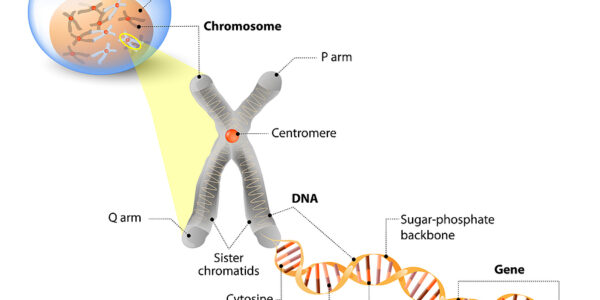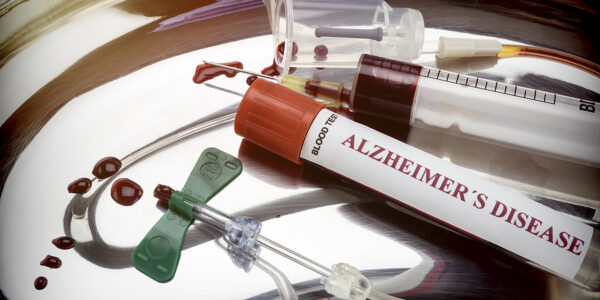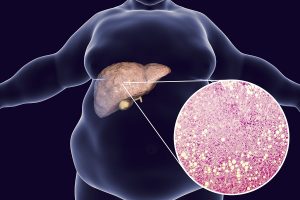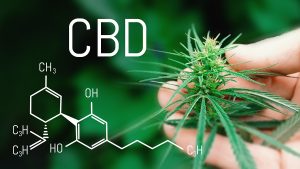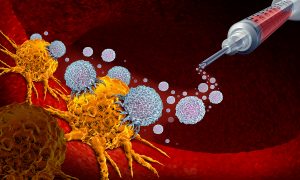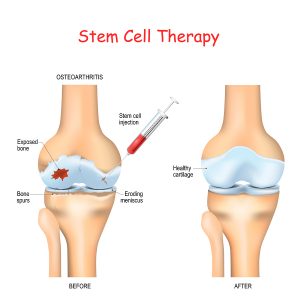Dr. Christopher W. Shade (PH.D.) presented a lecture in Las Vegas on Dec.13, 2019 talking about preserving youthful power. The presentation was at the 27th Annual World Congress on Anti-Aging Medicine and his title was “Building Youthful NAD+ Power with Precursors, Sirtuin-Activating Compounds, and Methylation support”.
In the first place, nicotinamide adenine dinucleotide (NAD+) is a signalling molecule between the DNA of the nucleus of cells and the energy producing mitochondria that reside in the cells. The exact nature of the interaction is described in this review article. It describes how stress leads to a depletion of NAD+ and sirtuins, and causes accelerated aging. On the other hand, calorie restriction and exercise lead to increased production of NAD+, activation of sirtuins and longevity.
Details about low NAD+ activity
It is important to realize that when NAD+ is below a critical level the following disease states can develop. First, in the brain it is Alzheimer’s disease and neurodegenerative disease. Second, in the eyes macular degeneration and keratoconjunctivitis sicca can develop. Third, severe plaque-type psoriasis can occur in the skin. Fourth, the pancreas develops hyperinsulinemia and metabolic syndrome. Fifth, type 2 diabetes can make your muscles weak. Sixth, sarcopenia with loss of muscle mass and cardiovascular disease in the heart can also develop. Seventh, the liver reacts to the metabolic syndrome by causing hepatic steatosis. Metabolic syndrome causes inflammatory cytokines in the fatty tissue. Eighth, the lungs react by developing chronic obstructive pulmonary disease. Ninth, your blood can get endotoxin-induced inflammation and sepsis from bacteria. A lack of NAD+ causes all of these negative changes simultaneously in the body.
In fact, when a person exercises regularly, uses intermittent fasting as a tool of calorie restriction and takes supplements of NAD+ all of these negative processes stop and sirtuins are activated restoring the body to a more youthful condition.
Summary about the effects of NAD+
In other words, NAD+ is important for cardiometabolic health, energy balance, liver health, immune health and cognitive health. NAD+ is also involved in maintaining the membrane polarity of cell walls. The blood /brain barrier and the gut/blood barrier are also kept intact by NAD+. In addition, NAD+ is involved in detoxification and control of the action of free radicals. It also is important to control Inflammation. For these reasons, it is not a surprise that people with normal NAD+ function will be healthier than those who have a problem with this.
Sugar reduces NAD+ to NADH
It is important to note that scientists could show in animal models and in humans that sugar overconsumption leads to the reduction of NAD+ to NADH. All of the negative effects described above for low NAD+ are then coming true. NADH is a reduced and disabled form of the oxidized NAD+. In essence, this substance has no biological action.
Energy metabolism
Biochemists have determined with regard to the energy metabolism of mitochondria that there are three occasions where enzymes are dependent on NAD+. Without NAD+ the energy-providing oxidative metabolism in mitochondria would not take place. As NAD+ is lower in older age, this explains why an aging population has less energy. In addition, as we age, the number of mitochondria per cell is decreasing. That is to say that an aging population has less energy than youthful people.
Other factors that are important in preserving youthful power
The AMPK signalling pathway
AMPK stands for 5′ AMP-activated protein kinase. This is an enzyme that consists of three protein portions. In humans it is expressed in liver, brain and muscle tissue. It provides energy in the liver by fatty acid oxidation. In muscles it stimulates glucose uptake and fatty acid oxidation. AMPK also inhibits cholesterol synthesis, lipogenesis and triglyceride synthesis. Fasting and exercise can stimulate AMPK production, which in turn will stimulate SIR1 genes and NAD+ production. This is especially happening in muscle tissue. To put it another way, there are a close-linked metabolic reactions between NAD+, AMPK and sirtuins.
Balance between AMPK, NAD+ and methylation
Given the right circumstances this can lead to detoxification, longevity and energy. This is what intermittent fasting and exercise can do for you. AMPK needs high NAD+ levels to give you all of the benefits. But NAD+ must be balanced with methylation. This is a somewhat difficult subject to explain, but the link explains it in somewhat technical terms. In other words, with a balance of the body’s biochemistry the person is healthy. When there is a disbalance, you get sick.
Practical application how to supplement for preserving youthful power
Dr. Shade asked the rhetorical question: how can we achieve a balance between NAD+ and methylation?
His answer is to supplement with the following supplements.
- Trimethylglycine (Betaine) 2‐5g/day
- Vitamin B2: 10‐30mg/day
- SAMe or methylcobalamin 1000‐3000mcg/day
- Measure Homocysteine as marker of methylation; if it is low, the methylation pathway is normal and there is balance.
Next: how to we raise NAD+? The answer is by cardio-metabolic blending.
- Berberine and quercetin (they are respiratory chain modulators)
- Resveratrol, silymarin and lipoic acid (they are liver kinase B1 activators)
- Resveratrol or pterostilbene and quercetin (they are sirtuin activators)
- Nicotinamide riboside (NR) and nicotinamide mononucleotide (NMN) 200- 400 mg per day
- Trimethylglycine (Betaine) 2-5 grams per day and methylcobalamin, B2, and others (methylation support)
Conclusion
It is difficult to describe energy flow in biochemical terms. Dr. Christopher W. Shade did exactly that in a lecture he gave at the 27th Annual World Congress on Anti-Aging Medicine in Las Vegas on Dec.13, 2019. The key for preserving youthful power is to balance the metabolism that occurs in the nucleus of the body cells with the metabolism taking place in the mitochondria. The mitochondria are the energy producers, but the steering of this occurs through the metabolic products from the cell nucleus. NAD+ plays a key role in our energy metabolism. But there is an interplay with AMPK, which stands for 5′ AMP-activated protein kinase. Sirtuin genes interact with these messenger molecules as well and this is where longevity comes in.
Longevity through sirtuin stimulation
Sirtuins are longevity genes that help us get more energy for a longer period of time. Regular exercise stimulates this complex biochemistry giving us extra NAD+ for energy. Intermittent fasting also stimulates sirtuins, which adds to the extra energy and gives us longevity. This is not a bad deal when you look at it from a distance. We can achieve a lot preserving our energy through an active life style. Supplements can be an auxiliary measure, but they are not effective enough without positive lifestyle choices.

